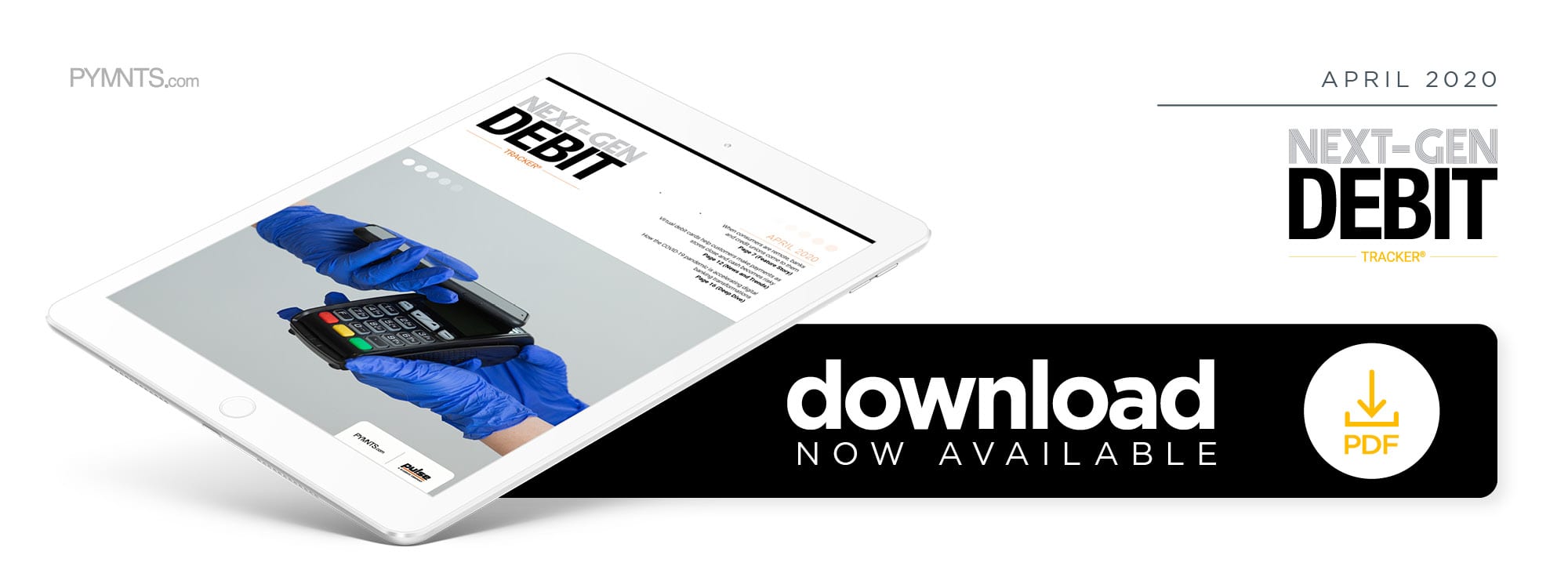Deep Dive: How FIs, Customers Are Navigating The Coronavirus-Inspired Spike In Digital Banking Demand

The coronavirus pandemic has consumers around the world turning to digital devices to access banking services.
The new surge in demand is putting financial institutions’ (FIs’) online and mobile offerings to the test and allowing FIs to show off their digital investments and know-how to assure customers that they are in good hands. Banks must now consider how to best expand remote services and emphasize these channels once consumers can safely visit branches again.
This month’s Deep Dive examines how consumers are approaching digital banking and how FIs are leveraging online and mobile channels to prevent service gaps during the pandemic.
The Path to Digital Banking’s Popularity
Digital banking has had a long evolution in the U.S., with Citibank, Chase Manhattan, Chemical and Manufacturers Hanover making the first forays in the early 1980s when they debuted a remote banking offering that enabled customers to access their accounts via their landlines.
The effort received limited customer interest, however, and it was not until 1994 that an American FI launched online banking. Stanford Federal Credit Union first introduced the service, followed by Presidential Bank in 1995, kicking off a trend that would see 80 percent of U.S. banks providing such services by 2000.
The later proliferation of smartphones opened the door to mobile banking channels, as well. Sixty-eight percent of consumers reported they had used smartphone-based banking within the past 12 months in 2012. Customers can use mobile banking services to do everything from check account balances and pay bills to temporarily shut down misplaced debit cards.
Digital banking uptake has only risen since, with 73 percent of U.S. customers reporting in 2019 that they primarily used digital channels for banking. Customers also seemed increasingly comfortable accessing their accounts via smartphones, with 36 percent saying they most often bank through mobile, compared to 30 percent in 2018.
Banks have taken note of this, with 44 percent of FI executives saying in a 2019 survey that they intended to grow their banks’ footprints by adding “self-service options” like online account opening during the next 12 months to 18 months, while 23 percent planned to open new branches.
Merely offering digital channels is not enough, however. These online and mobile experiences must be convenient, seamless and secure, or consumers are likely to abandon them. Data from a 2018 survey showed that 43 percent of millennial consumers had given up on mobile banking activities that felt too complicated or lengthy, for example.
Consumers also prize security, and FIs can extend additional protections to their digital channels to demonstrate the ways they are keeping customers safe, including sending instant alerts to account holders’ smartphones about unusual transactions. Text message alerts enable customers to reply to confirm that they made the purchases or inform the bank that the transactions appear fraudulent and should be shut down. This added convenience provides an opportunity for FIs to not only better safeguard customers, but also showcase how they are proactively protecting them, building deeper loyalty.
Banks Adjust Services Under Social Distancing Orders
Digital banking has moved from a convenience to a necessity in many parts of the world as FIs follow social distancing guidelines to slow the spread of COVID-19 and consumers seek to avoid public spaces where possible. Many banks have temporarily closed branch locations or restricted service hours. Conducting financial operations digitally is gaining traction for other reasons, as well. The World Health Organization (WHO) has expressed concern that COVID-19 could contaminate physical objects like cash and has encouraged consumers and businesses to shift to digital payments.
Banks worldwide are advancing their digital services to spare customers and employees from handling cash or visiting physical locations to decrease their likelihood of being exposed to the virus or unwittingly spreading it. DBS Bank in Singapore recently developed ways to conduct 11 trade financing activities digitally so that staff and customers may handle these actions remotely, for example. The FI also increased the number of payments that consumers can make for free over the country’s near-instant payment rail to discourage the use of cash. Virtual debit cards are another way to provide alternatives to cash, and Google recently announced plans for such a product, for example.
Consumers are showing strong receptivity to digital offerings during the pandemic, with UnionBank — one of the Philippines’ largest FIs — reporting in March that it experienced a 160 percent increase in the daily number of consumers signing up for digital services. The Federal Financial Institutions Examination Council in the U.S. expected this kind of high consumer demand for remote services, instructing FIs to test their systems’ abilities to handle anticipated spikes in the number of calls and digital banking requests they receive.
Helping Customers Transition to Digital
FIs must ensure that their efforts to expand digital offerings do not alienate customers who favor in-branch banking, however. Customer inclusion means prioritizing the restoration of branch services as it becomes safer for consumers to visit public spaces, as well as working to ensure that groups that have traditionally clung to in-person services easily transition to the digital sphere during this time.
The share of consumers who rely on in-person bank visits is not small, either, with 17 percent of U.S. respondents in an October 2019 study from the American Bankers Association stating they most frequently access their accounts in person. Older consumers showed greater preference for these methods, with 26 percent of U.S. account holders ages 65 and up preferring in-branch banking compared to 11 percent of those between the ages of 30 and 40. Visiting branches was not listed among 18- to 29-year-olds’ top three banking methods.
FIs are currently easing the transition to digital by offering video-based demonstrations on their websites that guide customers through remote check deposit, online bill payments and more. Chatbot-based support in mobile apps and FAQs on websites can also provide quick answers to questions for customers who have some digital familiarity. Offering supportive call center-based services to help extend guidance to customers who may be hesitant when attempting digital processes is also important.
The remote services imposed by the pandemic are creating learning opportunities for FIs and their customers. Banks are enhancing their digital offerings and exploring best practices for helping customers adjust to digital services, and account holders who were used to in-branch services are getting their first tastes of online and digital banking. Ensuring that digital banking is seamless and secure will pay off for FIs not only by supporting customers during a trying time, but also by providing enriched customer engagement that can build lasting relationships.

